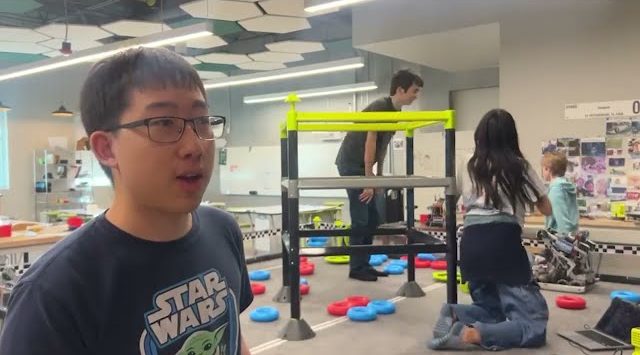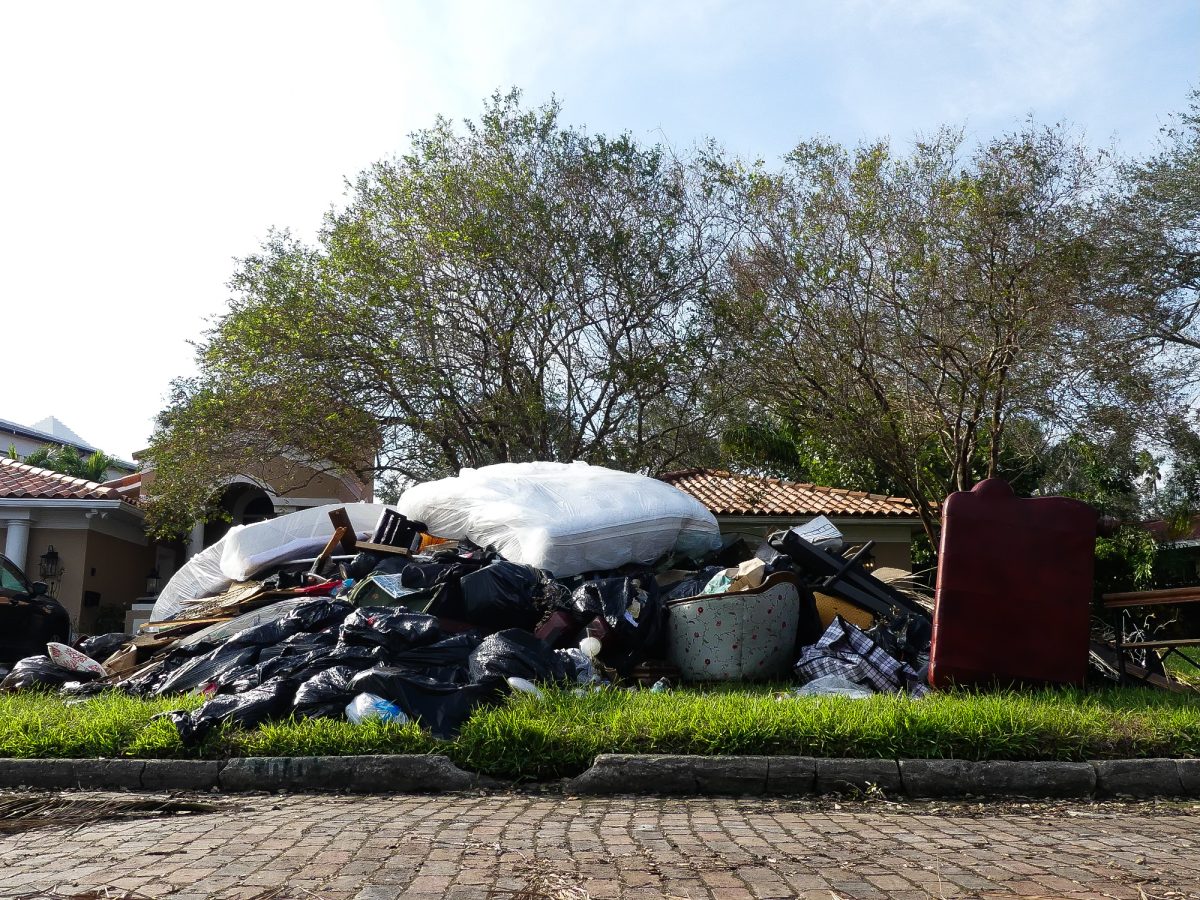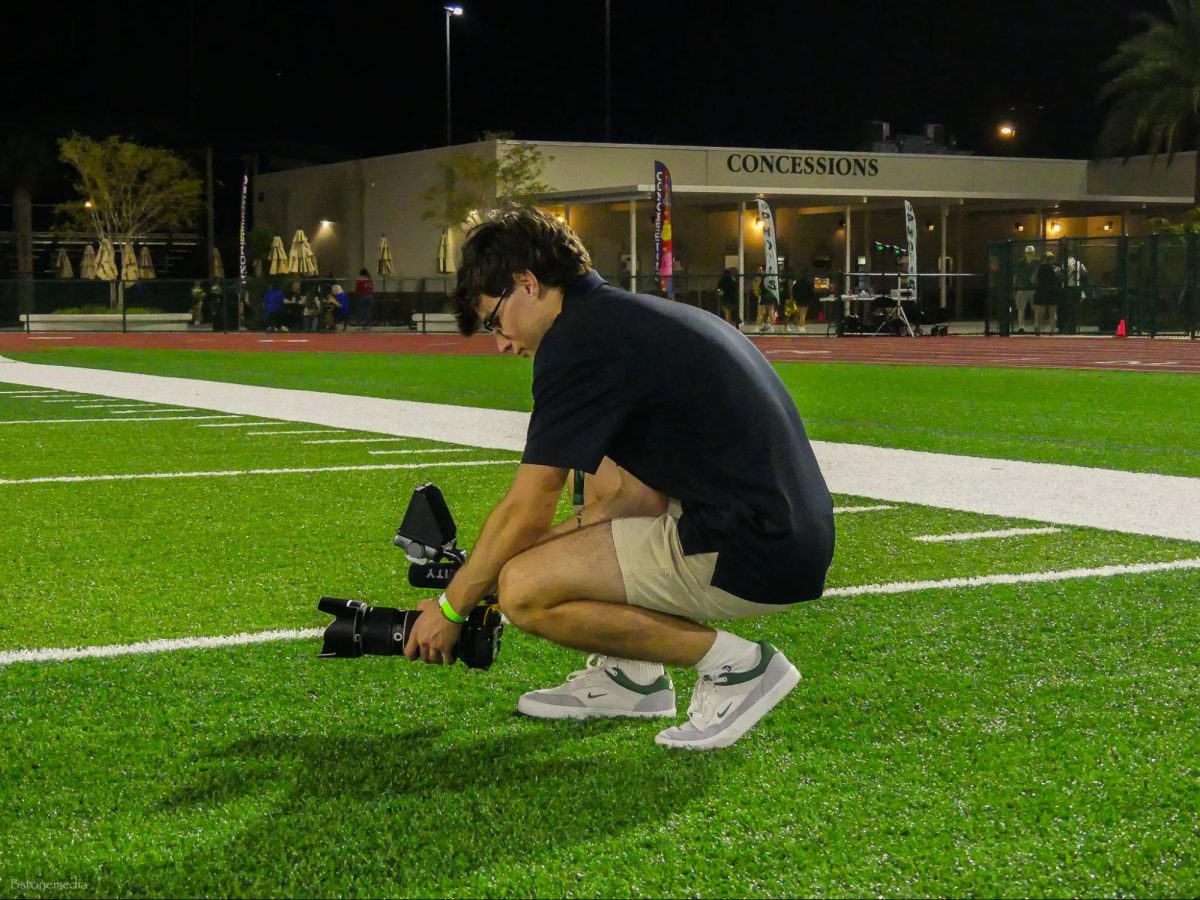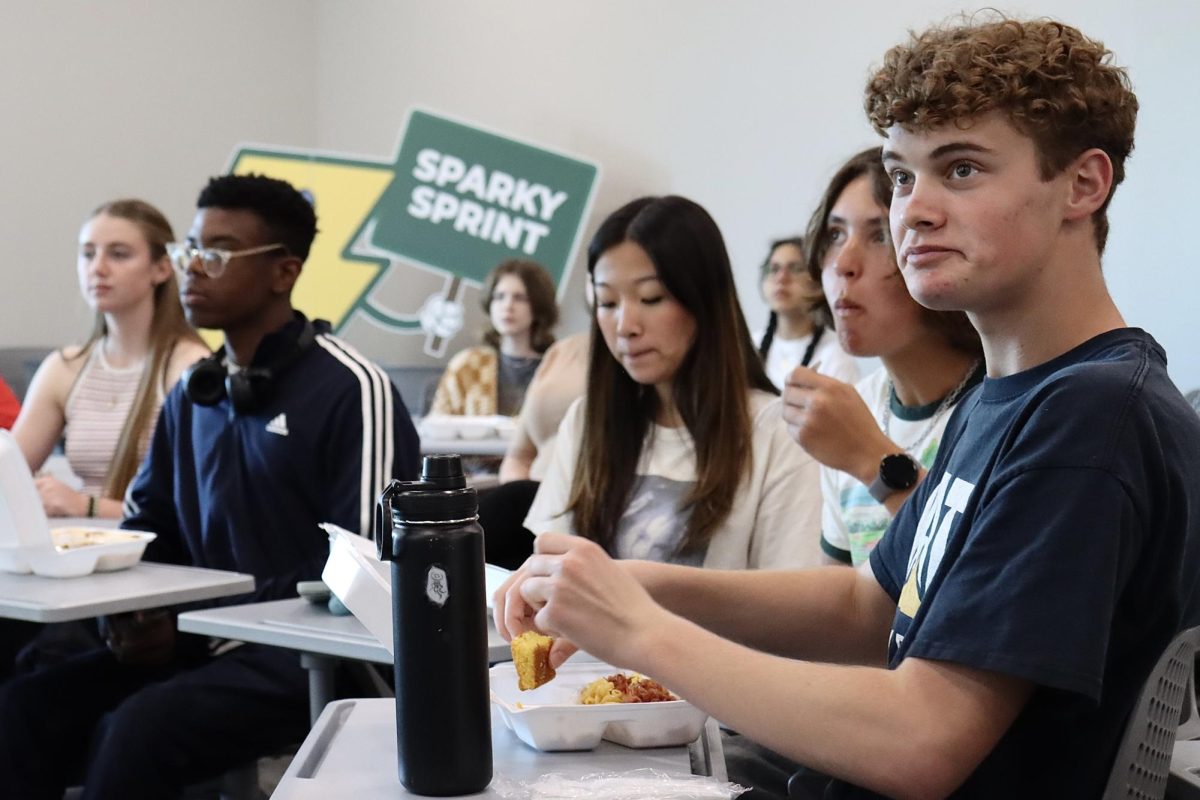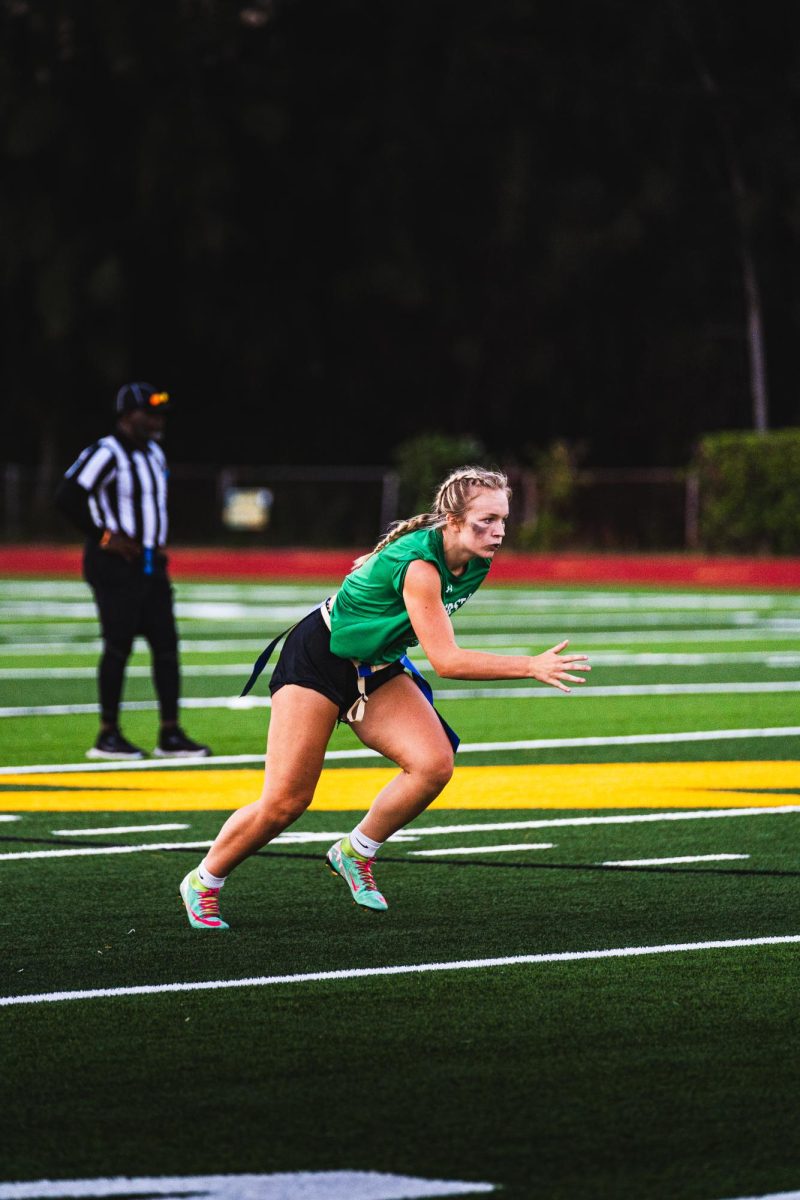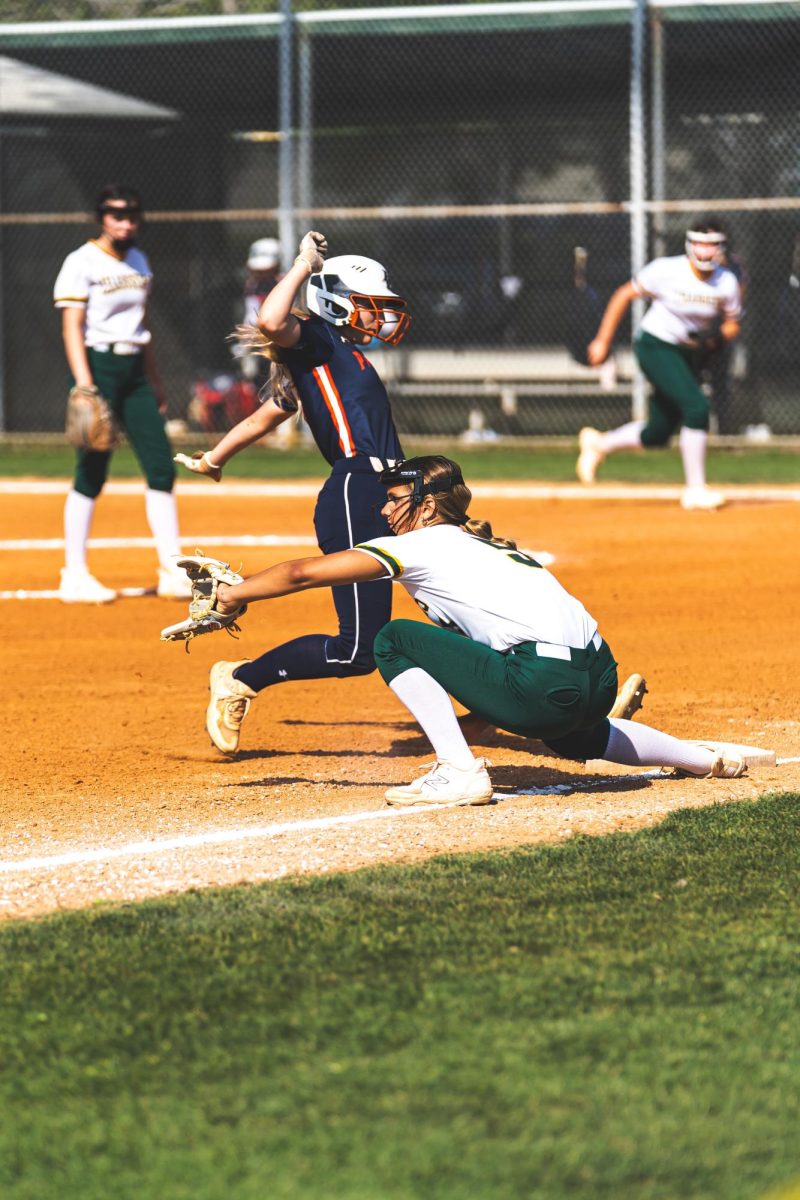Dear Readers,
They say “familiarity breeds contempt”—this especially holds true at Shorecrest. When you’re in a certain environment for so long that it becomes all you know, you lose an understanding of its broader context. As students protected by our Shorecrest bubble, we’re detached from the realities of K-12 education in Florida—a sorry state of affairs. We must discuss the weaknesses in our own system, but this cannot be at the expense of gratitude, as it is easy to lose sight of all Shorecrest offers.
One of the most significant differences separating Shorecrest’s culture from that of surrounding public schools is the foundation of the relationship between our students and leaders: trust.
Shorecrest students are trusted with liberties not afforded to most students outside our bubble. We walk campus freely, whereas public school students, on top of the strict use of hall passes, are constantly subjected to the vigilant gaze of police officers and hall monitors to make sure they’re in the right place at all times.
Hall sweeps and limited bathroom breaks at these schools further exacerbate the disconnect between students and their schools due to a lack of trust; the more students feel caged, uncomfortable, and disrespected in their academic environments, the further their quality of education plummets.
Another glaring plight of the Florida public school system is censorship, from banned books to teaching standards. Shorecrest teachers have more freedom with the curriculum because they are not confined to the Florida Department of Education’s (FLDOE) regulations, making our educational experience far more enriching.
The Food and Nutrition department at Pinellas County Schools reports, “One in five [children in Pinellas County] live in homes with low food security, meaning they do not have enough food at times for an active, healthy life. Over half qualify for free or reduced-price lunches.” For many students in Pinellas public schools, their school lunch is their only guaranteed full meal of the day, yet that meal has the nutrition and quality of a TV dinner: plastic bags of juice and water, milk cartons that deteriorate with every sip, and cold, poorly-cooked entrées. Every afternoon, Shorecrest students dare to complain about the options at Sage, but there is absolutely no comparison between our lunch menu and what we would be receiving—what can barely pass as food—at a public school in our area.
As for academics, during the 2022 assessment by the Florida Department of Education (FLDOE), only 7 out of the 20 high schools in the Pinellas County school district received an A grade, and even that meager number may be inflated.
Furthermore, Shorecrest’s teacher-to-student ratio is much lower than that of other schools, so our students have a more personalized academic experience. The relationships forged between students and faculty make the campus more welcoming and are especially helpful when students are struggling because they can receive adequate individual attention.
As students, it is imperative that we don’t blindly criticize our circumstances as a result of being out of touch with what we do not experience firsthand. We must make gratitude an instinct, not an afterthought.
Sincerely,
Your Chronicle Editors
A Reflection from Upper School Art Teacher Casey McDonough:
“I taught for a time at a public middle school in south St. Pete, just before I came over to Shorecrest. While the big picture difference between Shorecrest and our public schools is striking, for me the true discrepancy is in the details. I taught 6 art classes in a room the same size as my current Shorecrest classroom, but each of those classes had 36 students and this was the trend across the entire school. I had a budget that roughly equated to $2 per student for the entire year, and I had to stretch that budget to pay for supplies for projects. Students had no freedom of movement between classes, as it presented a higher risk of fights and other bad behavior. The primary means of controlling student behavior was fear. Teacher turnover was very very high, and the bond between students and teachers was incredibly hard to develop.
Shorecrest classes are small by design. Our teachers know our students, our students trust our teachers. Students are given the freedom to make their own decisions, to be where they want to be on campus when they want to be there. Teachers are given the freedom to teach our subjects in the way we see fit. Classroom resources are very substantial at Shorecrest, and whenever a teacher has a big idea the administration always listens and usually tries to support that teacher. There is no fear here, because we lead with respect, kindness and understanding. The campus is exceedingly safe. It may be difficult for a young person to recognize these details when s/he may have never observed what happens elsewhere, but I assure you Shorecrest is different, and that is worth appreciating.”

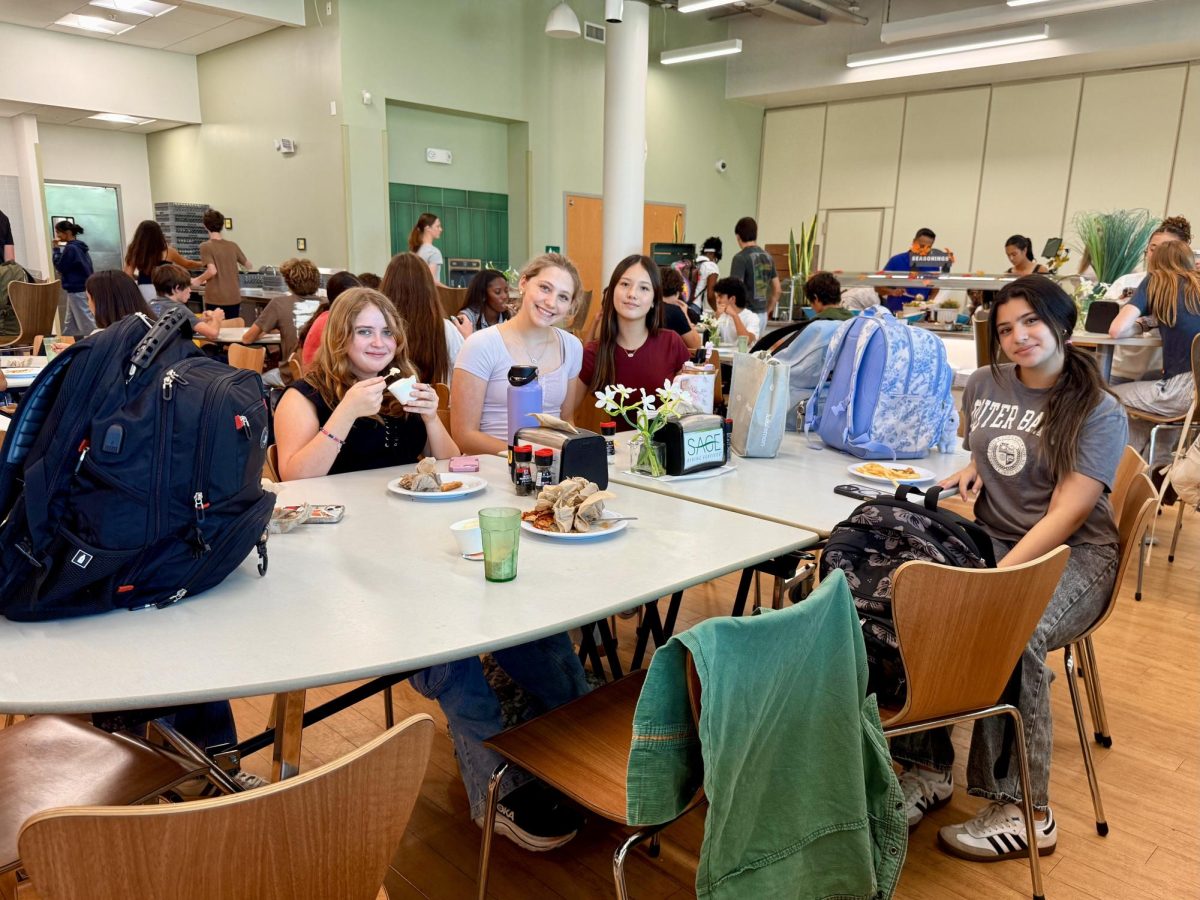


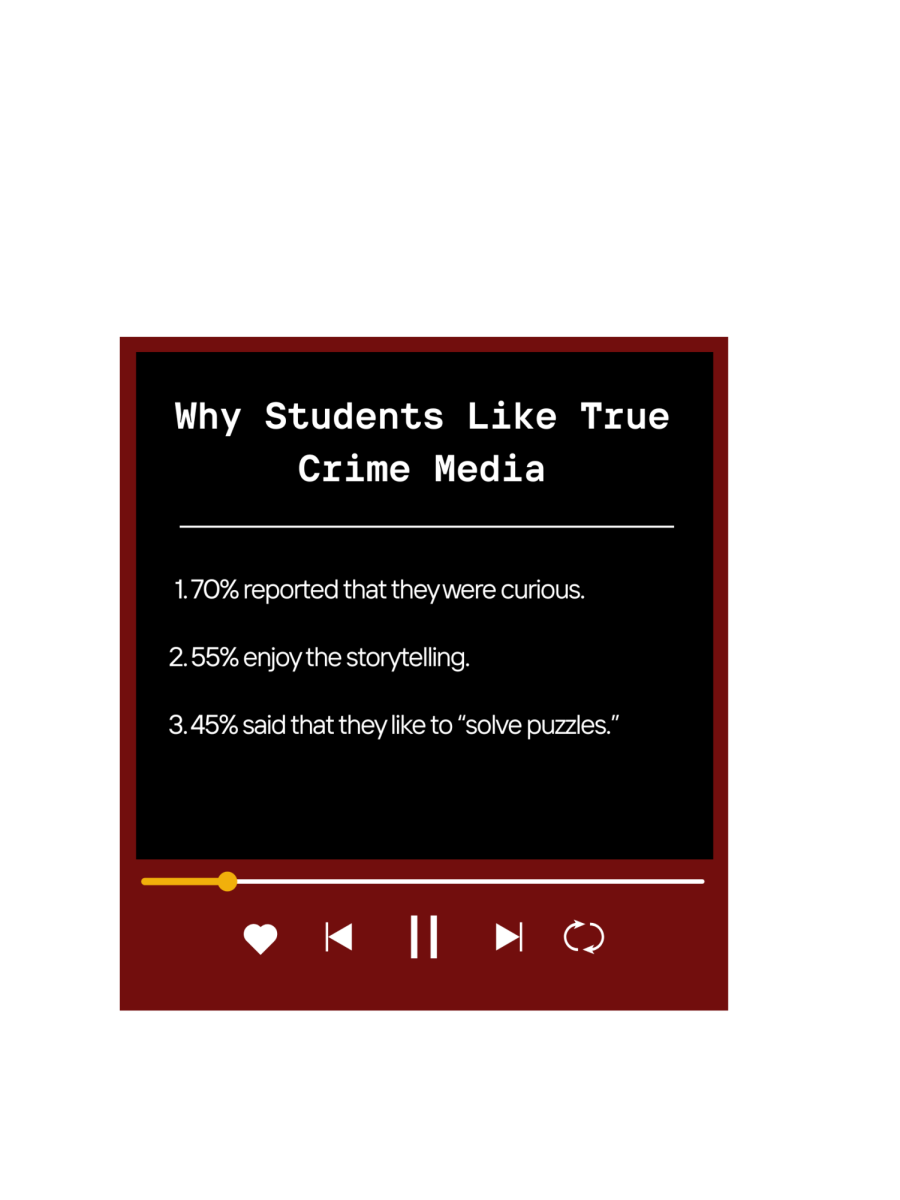
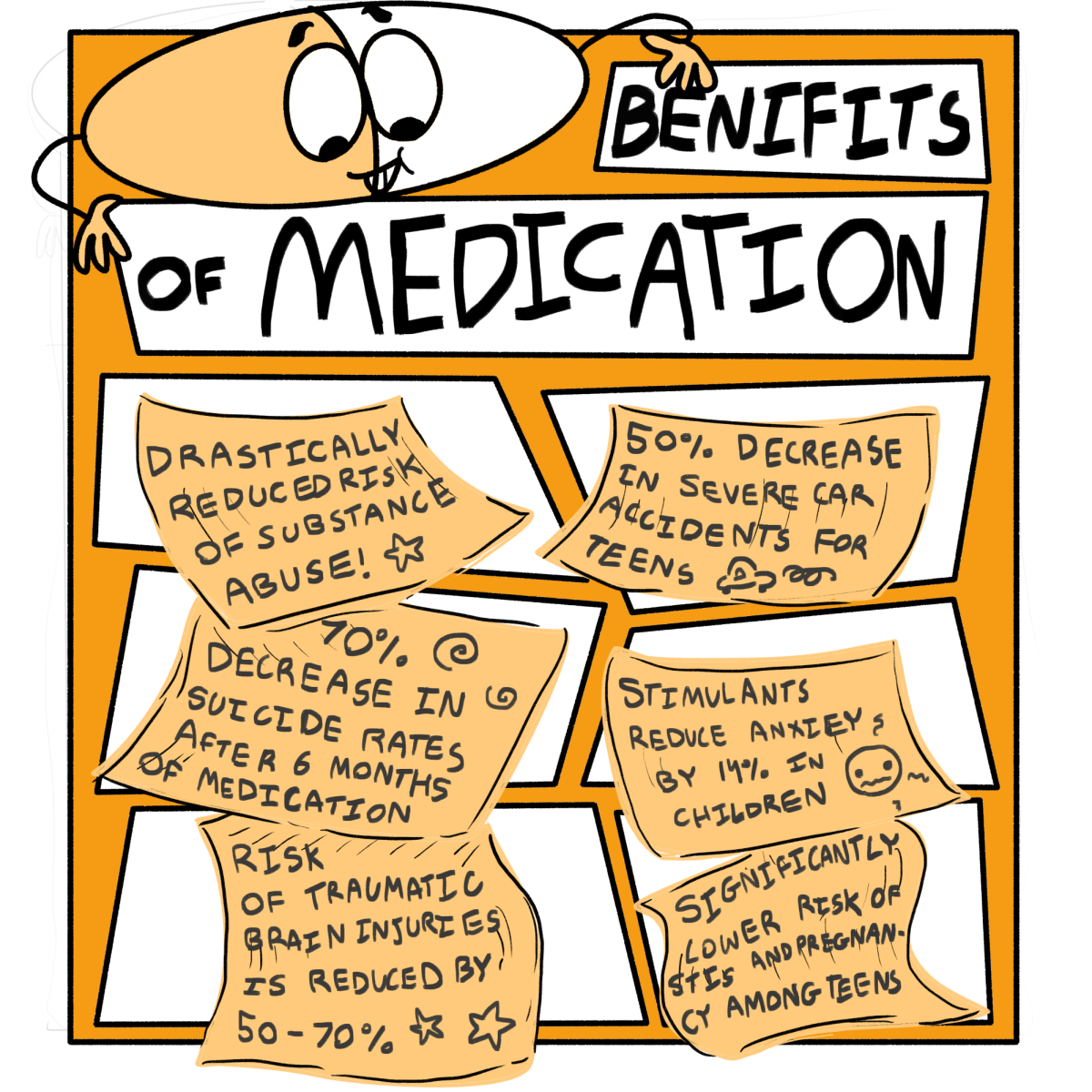


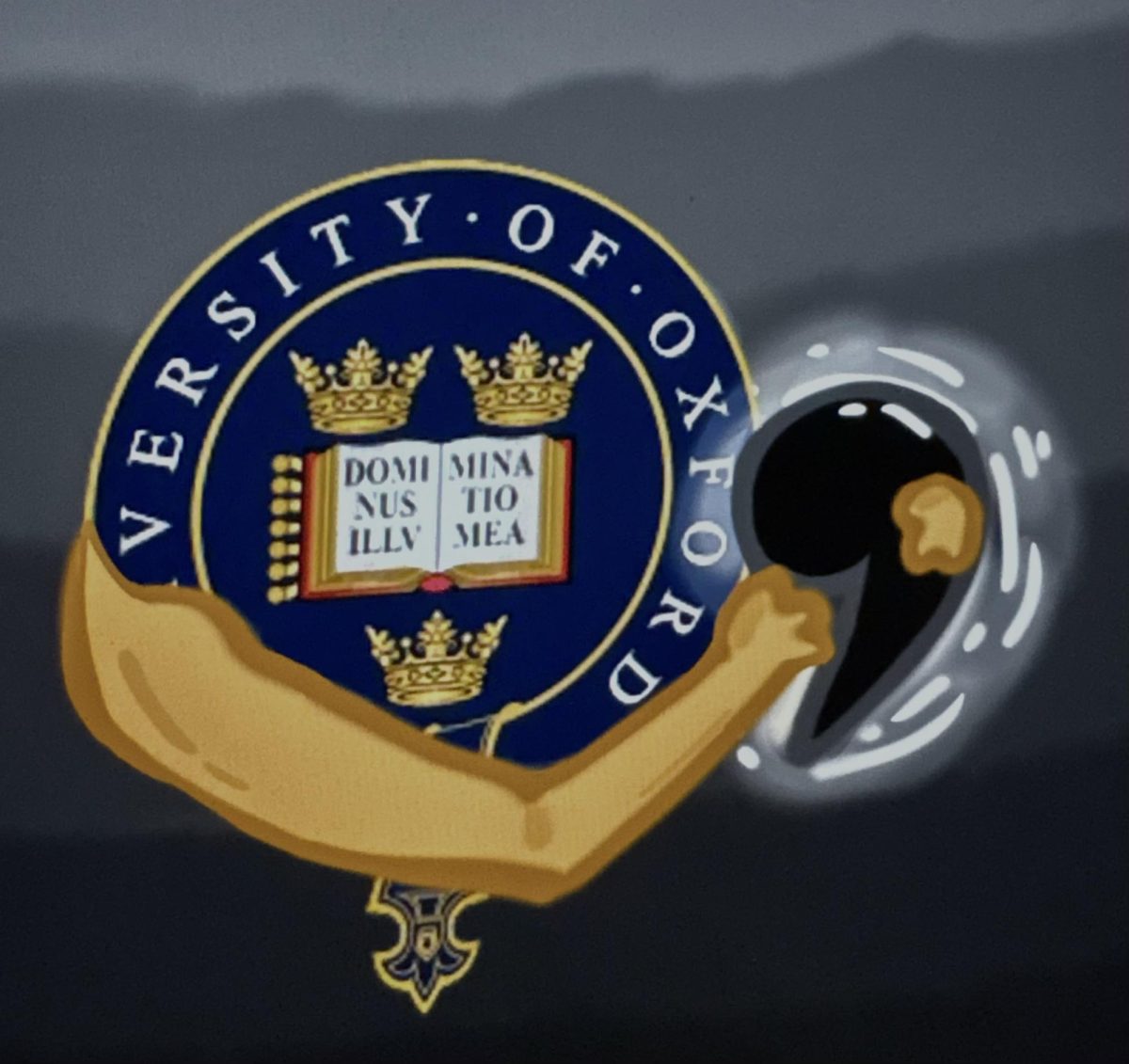


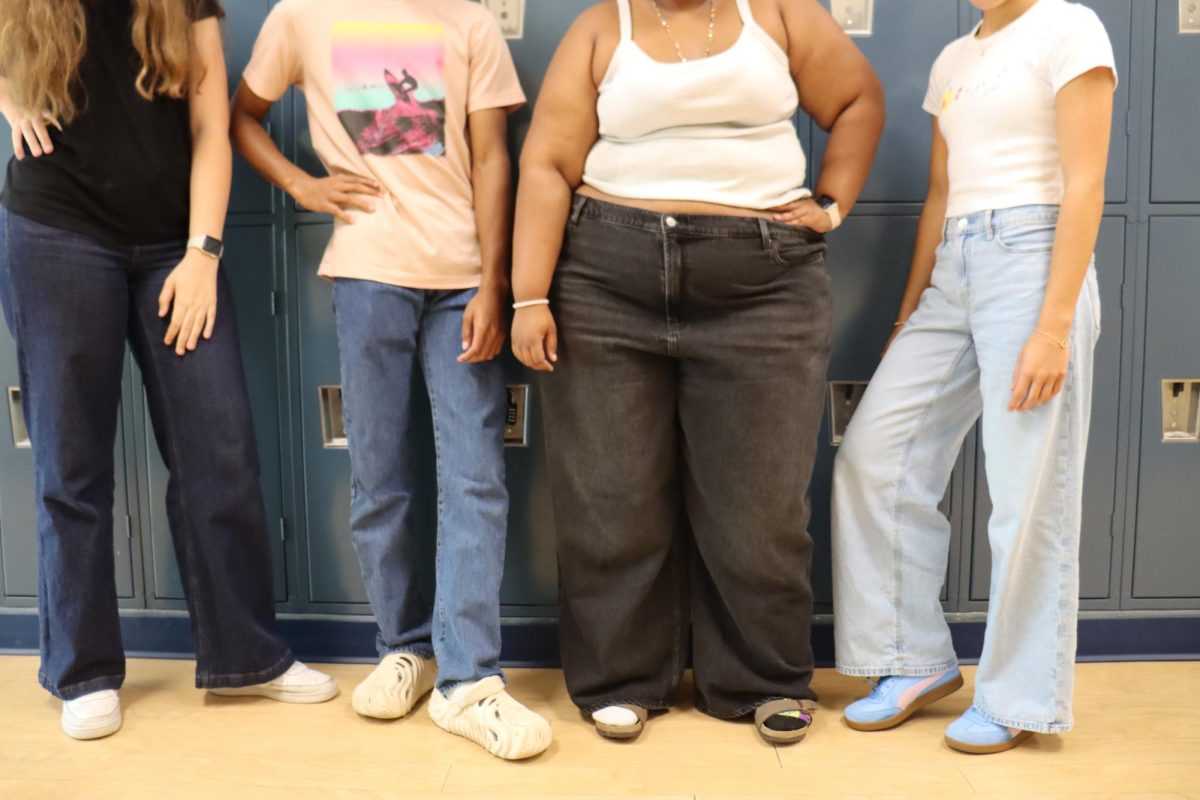
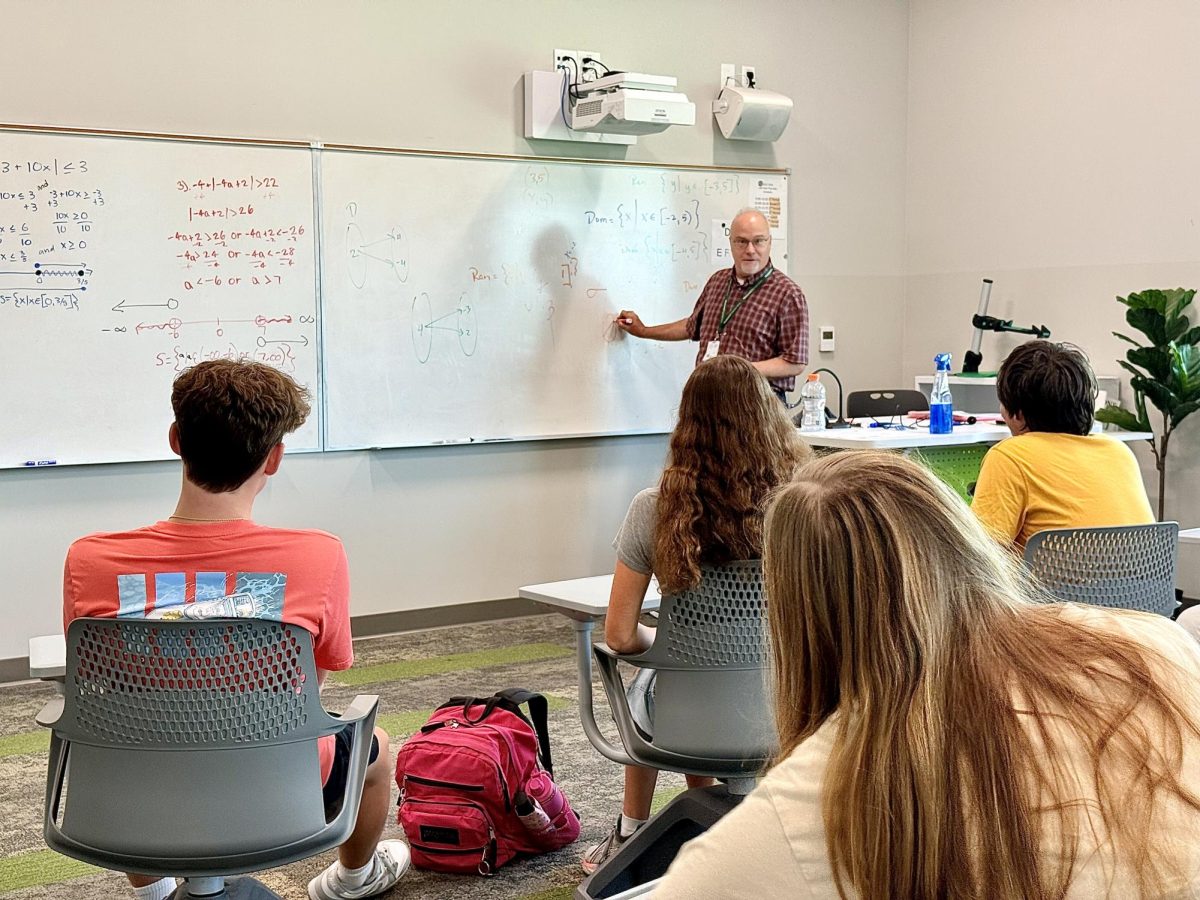

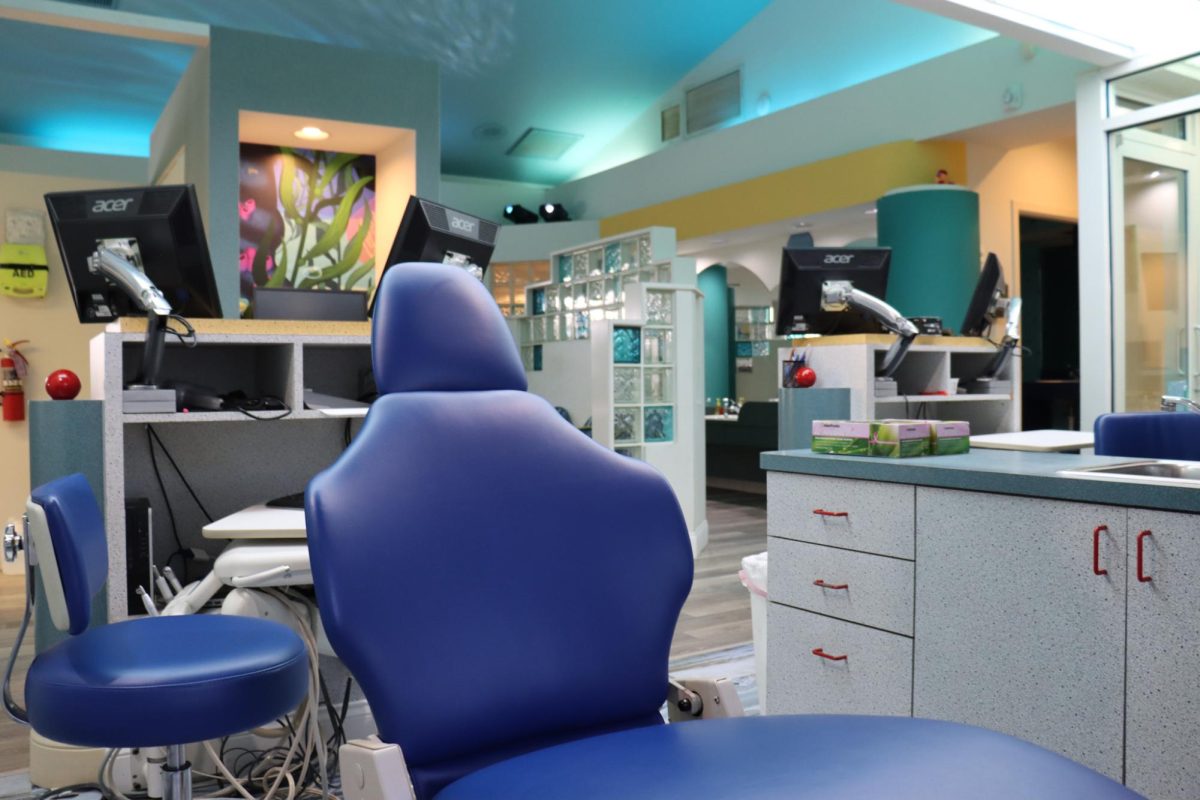
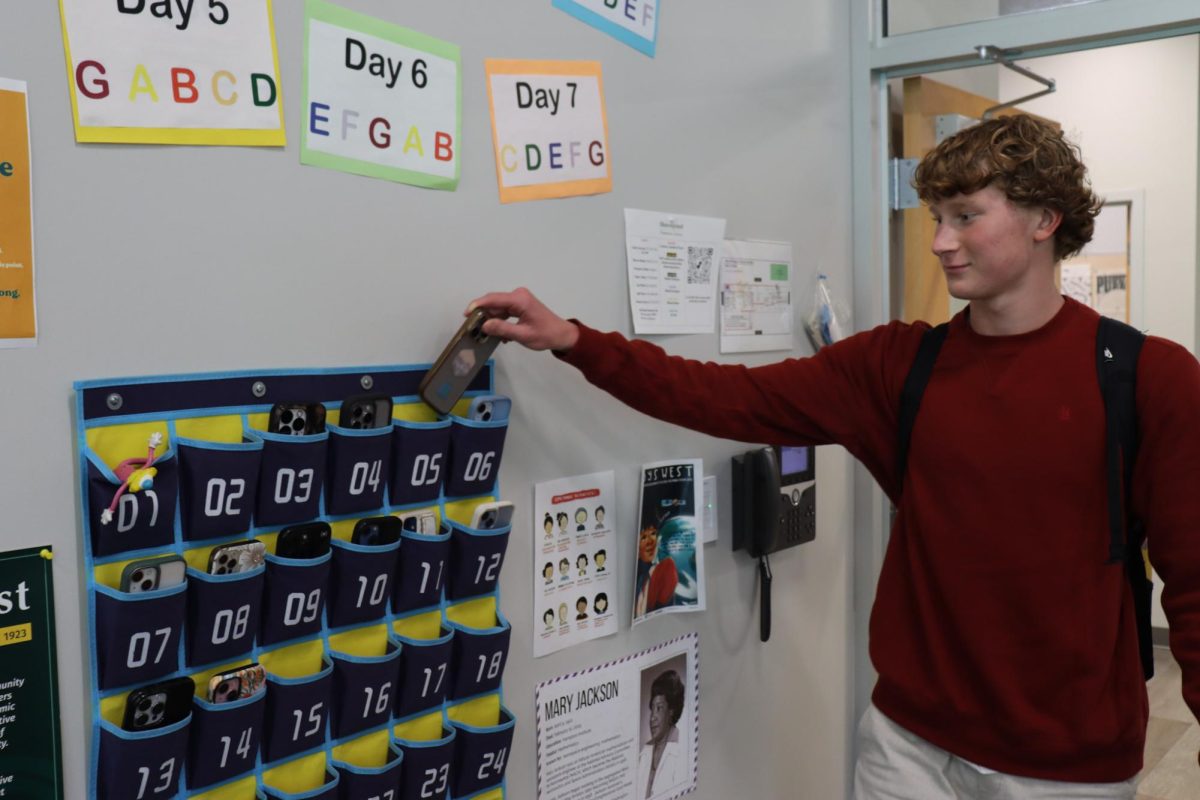
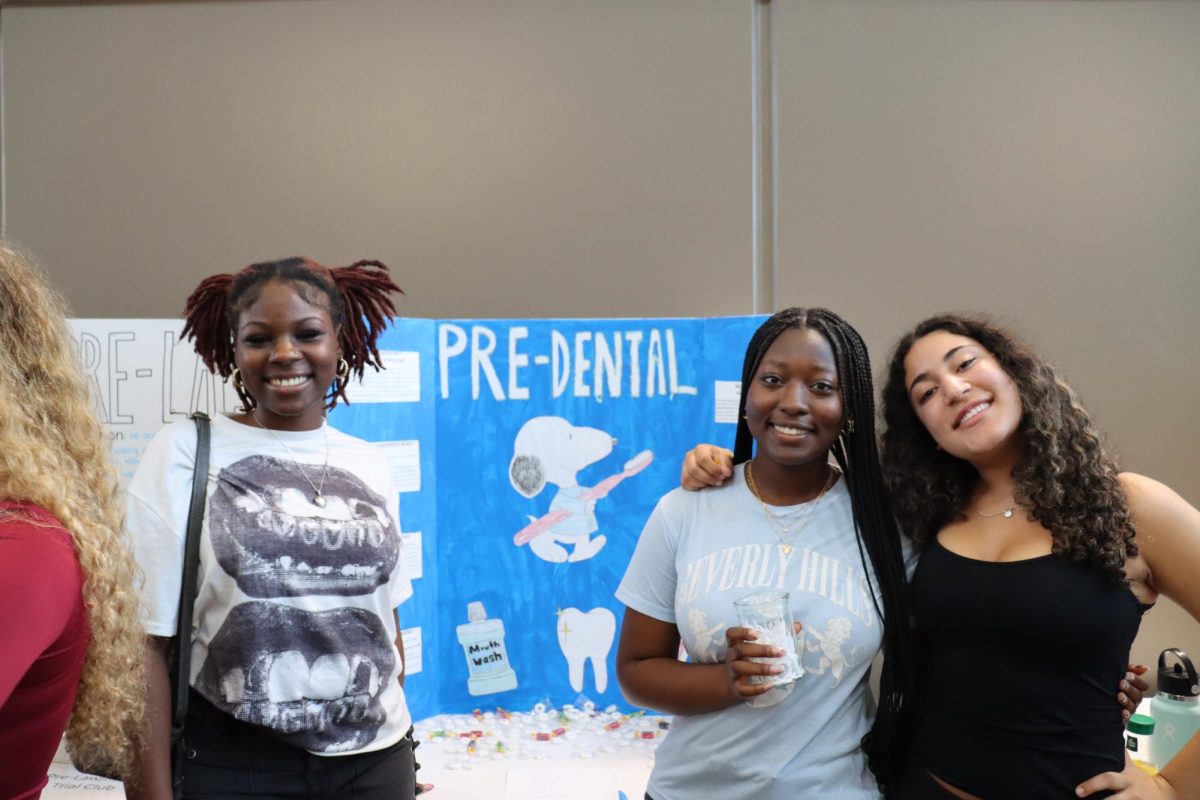
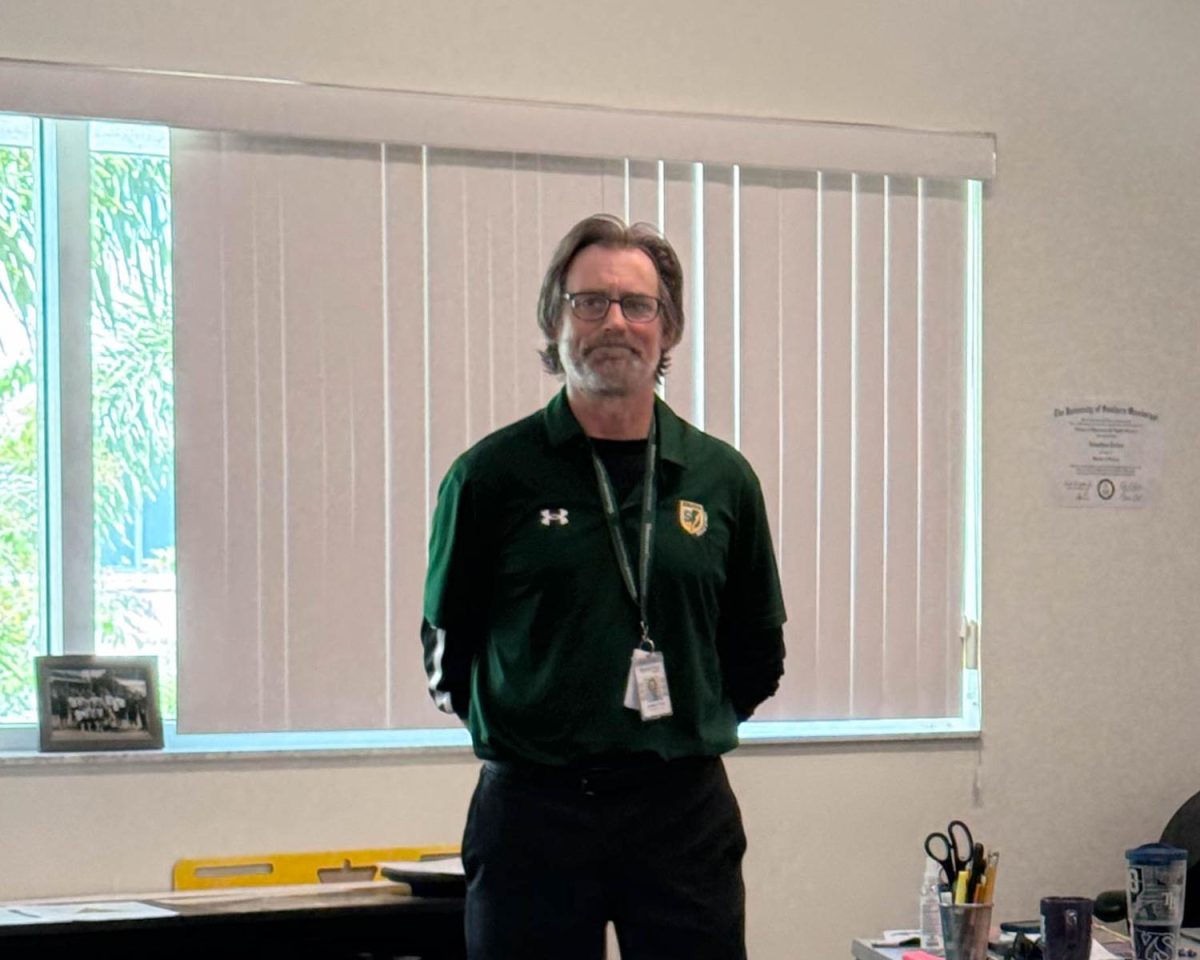

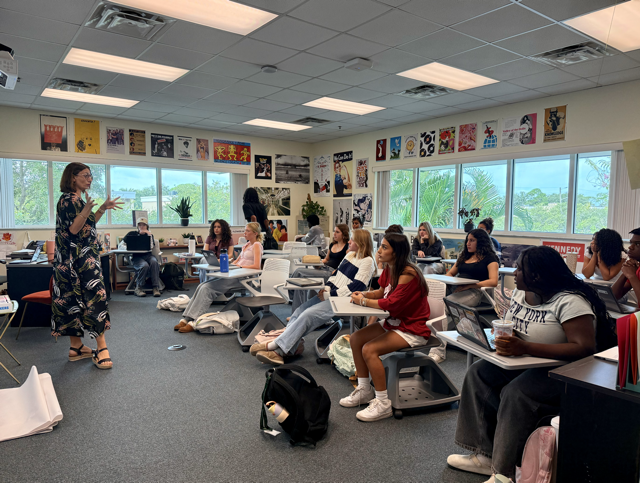

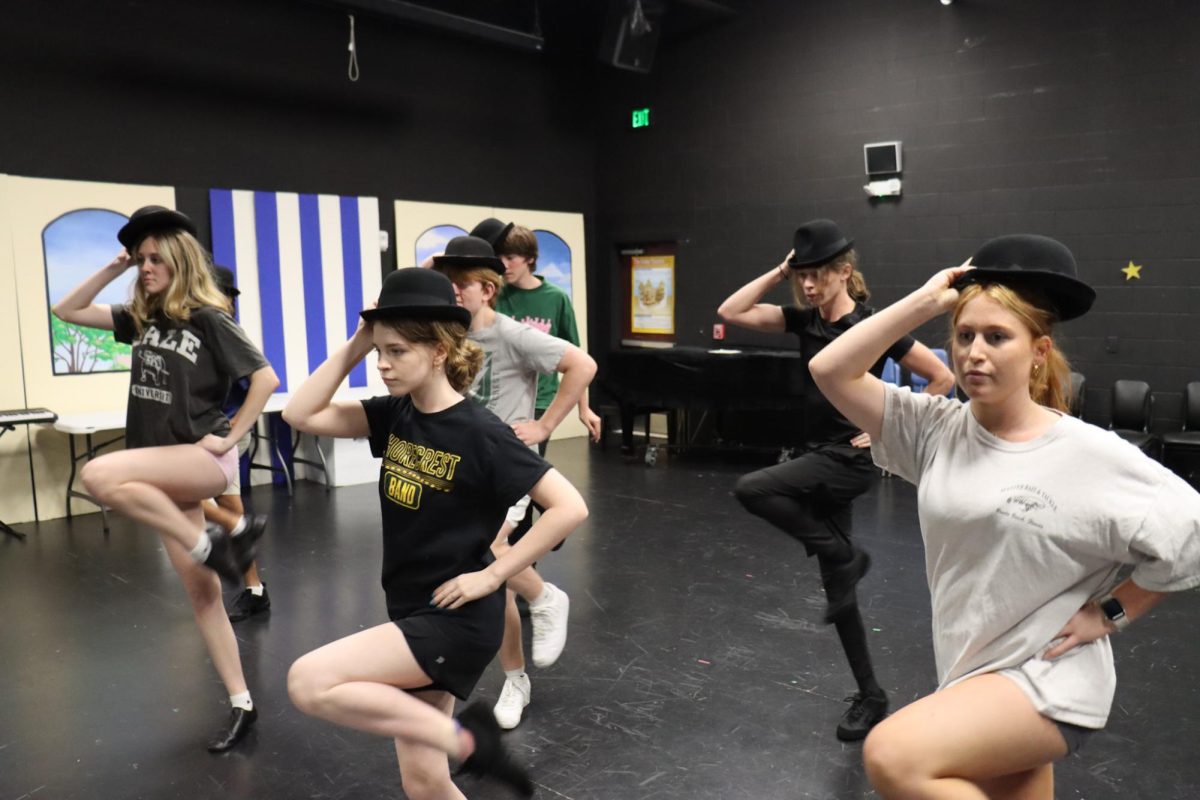
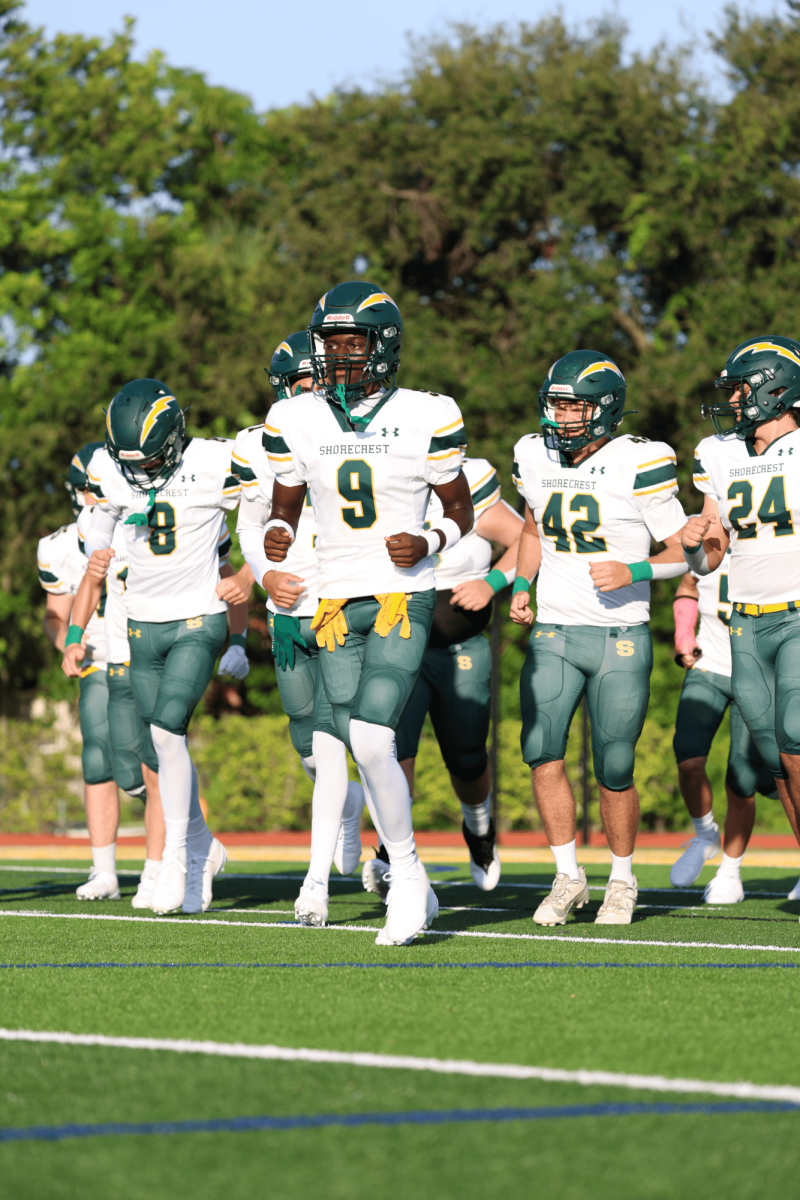







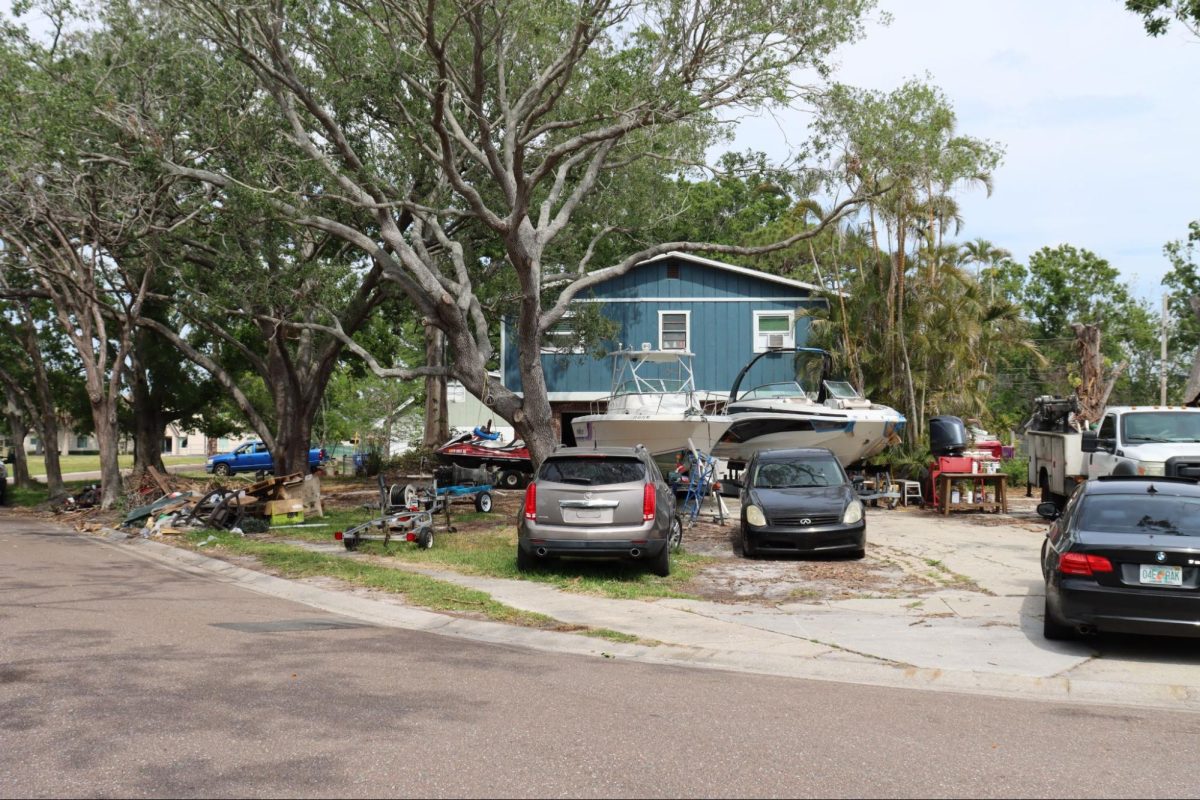
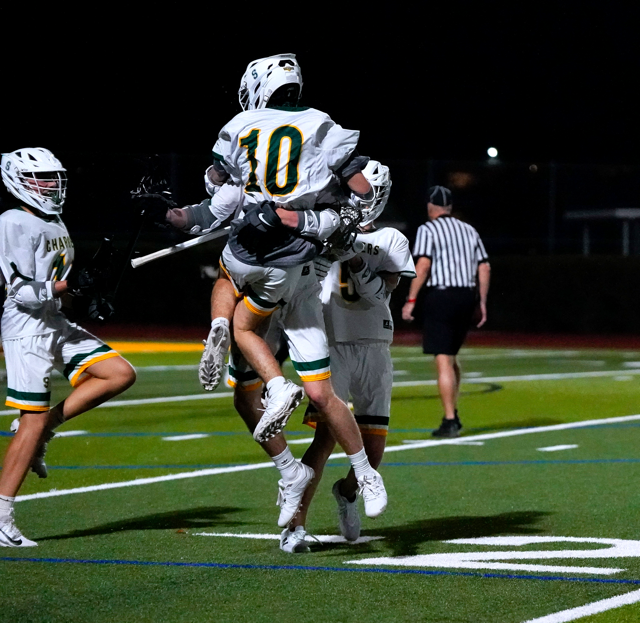
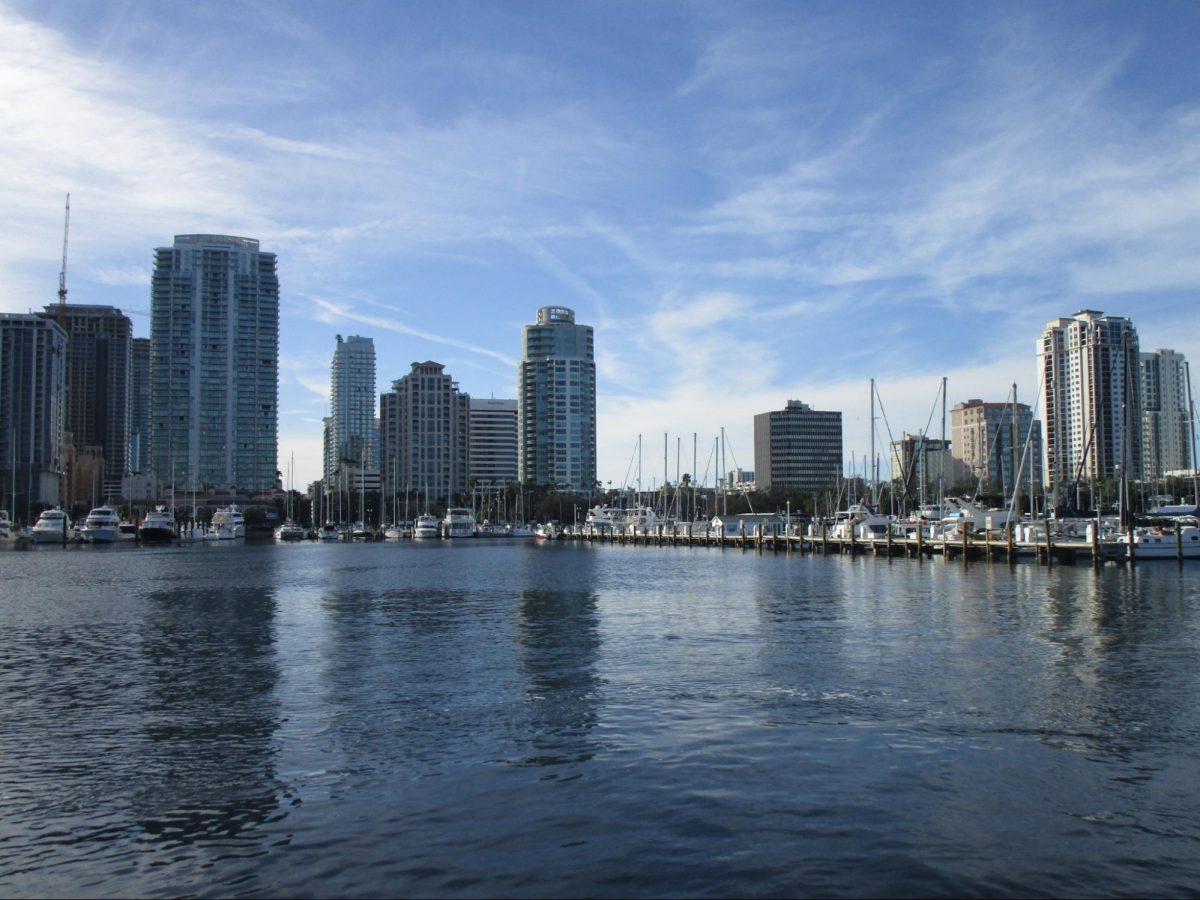
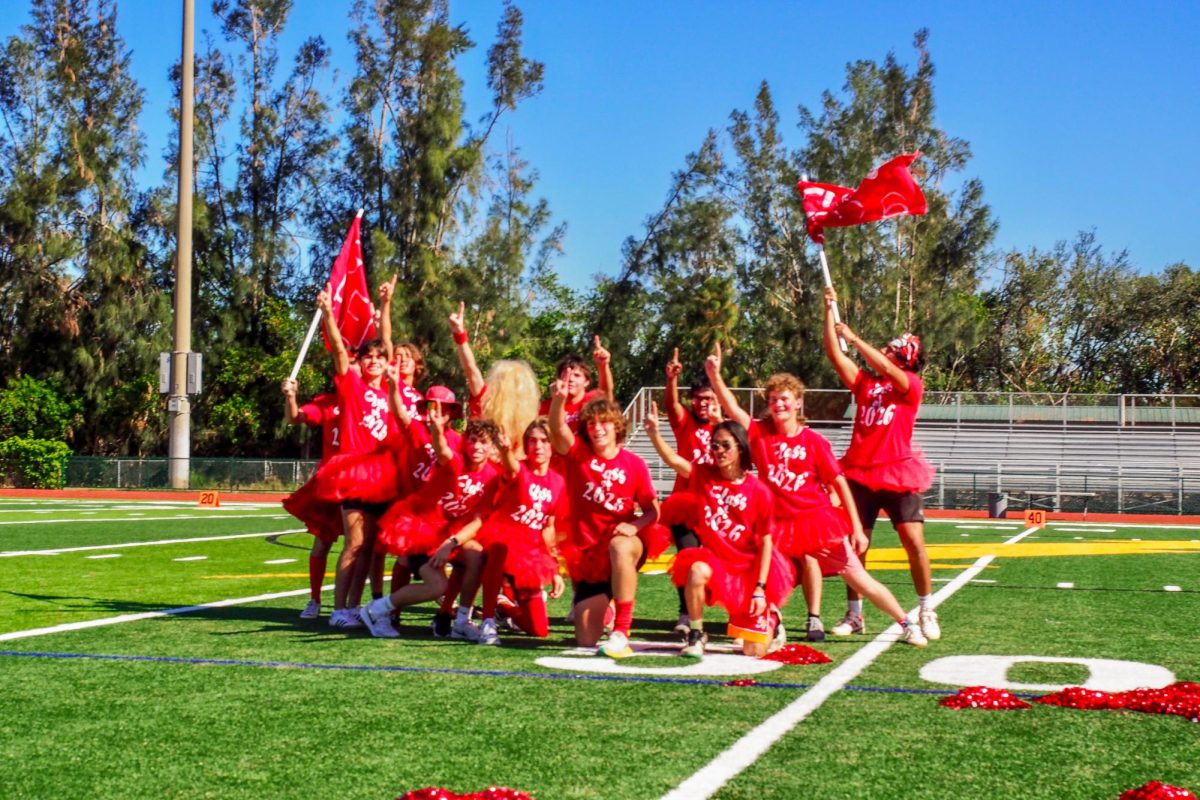
![Thespians pose on a staircase at the District IV Thespian Festival. [Front to back] Luca Baker, Maddison Cirino, Tanyiah Ellison, Alex Lewis, Summer Farkas, Jill Marcus, Ella Mathews, Sanjay Sinha, Isabella Jank, Sofia Lee, Boston Littlepage-Santana, Sally Keane, Tyler Biggar, Tanner Johnson, Jasper Hallock-Wishner, Remy de Paris, Alex Jank, Kaelie Dieter, and Daniel Cooper. Photo by Michael McCarthy.](https://spschronicle.org/wp-content/uploads/2024/12/image1-900x1200.jpg)
